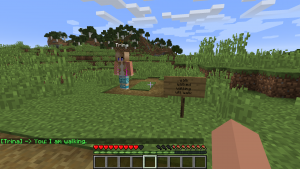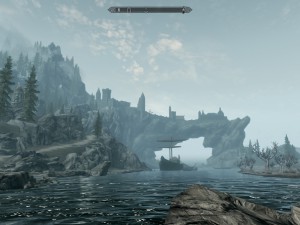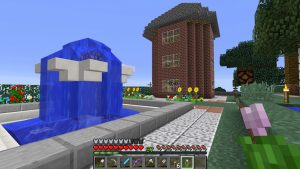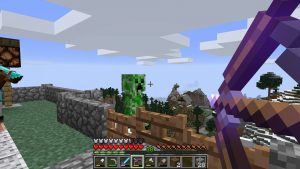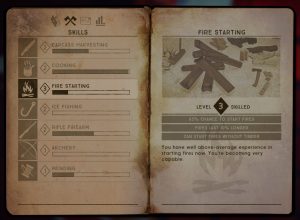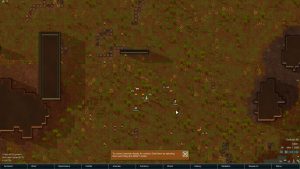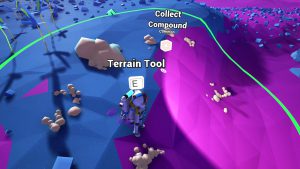Gamification of Moving
During my ongoing literature review I often discover interesting facts about things I’ve never thought about. Sometimes I can connect these facts with my own observations: The result is mostly a completely new idea why things are as they are. Maybe these ideas are new to you, too. Therefore I’ll share my new science based knowledge with you!
This week: This time, I think about the struggles one has to overcome when it comes to moving to a new place.
Recently, I played The Sims 4 which, amongst other things, challenged me at the beginning of a new game to decorate a house for my Sims by buying and placing some new furniture as well as decorations. In general, the The Sims games are life simulation games that allow players to control so-called „Sims“ and help them to live a happy life by helping them to improve their skills, meet new friends, start a family or just organize their daily life. After I finally finished decorating the new house, my Sims moved in, explored the new environment and finally started to enjoy their new life. That way, The Sims presents the activity of moving and decorating a new home in a very engaging, relaxing and entertaining way.
However, in contrast to The Sims‚ simple way of placing new furniture that just fits perfectly, the real-life activity of moving is not that entertaining. Instead of decorating a new home with a few mouse clicks within a couple of hours, all existing and new furniture must be carried into the new home which often results in problems when they need to be transported to a different city and/or moved through a narrow staircase. Afterwards, when they are finally piled up inside the apartment, they often do not perfectly fit into the rooms thus needing some additional adjustments. Finally, once everything is in place, a lot of work is often left to be done as new things might be needed which requires some visits of crowded shops and further transportation problems. Ultimately, although a move in the The Sims as well as in real life has the same result of being in a new environment, the real world activity definitely is not engaging or relaxing.
Why am I doing this comparison? Well, currently, I am in the middle of such a move and wish I could complete it in a similar way as it is done in The Sims. Unfortunately, this is not possible or at least not affordable, so I can only try to invent and unlock arbitrary achievements such as „Carry 10 boxes“ or „Discover a broken thing in the new place“ …
Luckily, I am not that far away from the state of „being in a new place“ anymore!
(By the way, I just unlocked the „Write a blog post in the new place“ achievement!)
